Home>Home Appliances>Home Automation Appliances>How Much Bandwidth Does Google Home Use?


Home Automation Appliances
How Much Bandwidth Does Google Home Use?
Modified: January 3, 2024
Learn about the bandwidth usage of Google Home for efficient management of home automation appliances. Optimize your network for seamless connectivity.
(Many of the links in this article redirect to a specific reviewed product. Your purchase of these products through affiliate links helps to generate commission for Storables.com, at no extra cost. Learn more)
Introduction
Understanding the Impact of Google Home on Bandwidth Usage
In the era of smart homes and interconnected devices, Google Home has emerged as a prominent player, offering a wide array of functionalities that streamline our daily routines. From controlling smart appliances to answering questions and playing music, Google Home has become an indispensable part of many households. However, with the increasing reliance on this innovative technology, concerns about bandwidth usage have surfaced. Understanding the impact of Google Home on bandwidth usage is crucial for optimizing network performance and ensuring a seamless smart home experience.
Google Home relies on an internet connection to carry out its tasks, making it imperative to comprehend the implications of its bandwidth consumption. This article delves into the intricacies of Google Home's bandwidth usage, exploring the factors that influence it and providing valuable insights into measuring and managing bandwidth usage effectively. By shedding light on this topic, we aim to empower users to make informed decisions regarding their network infrastructure and enhance their overall smart home experience. Let's embark on a journey to unravel the mysteries of Google Home's bandwidth usage and equip ourselves with the knowledge to harness its potential while mitigating any adverse impact on network performance.
Key Takeaways:
- Google Home’s bandwidth usage is influenced by tasks like streaming music and controlling smart devices, impacting network performance. Understanding and managing these factors is crucial for optimizing the smart home experience.
- Users can measure and manage Google Home’s bandwidth usage through router monitoring, quality settings adjustment, and network prioritization. Proactive management ensures a seamless smart home experience while maintaining network efficiency.
Read more: How Much Electricity Does Google Home Use?
Understanding Bandwidth Usage
Bandwidth usage refers to the amount of data transmitted over a network within a specific period, typically measured in bits per second (bps) or bytes per second. In the context of Google Home, bandwidth usage encompasses the data exchanged between the device and external servers to fulfill user commands and requests. As a voice-activated smart speaker and virtual assistant, Google Home relies on a stable internet connection to perform a myriad of tasks, including playing music, providing weather updates, controlling smart home devices, and executing various other commands.
When a user interacts with Google Home, the device processes the voice input, converts it into actionable commands, and communicates with Google’s servers to retrieve relevant information or trigger specific actions. This exchange of data incurs bandwidth usage, as the device continuously sends and receives information to deliver a seamless user experience. Consequently, understanding the nuances of bandwidth usage is pivotal for optimizing network performance and ensuring that Google Home operates efficiently within the smart home ecosystem.
Bandwidth usage is not only influenced by the frequency of interactions with Google Home but also by the nature of the tasks being performed. Streaming music, conducting web searches, controlling smart home devices, and accessing real-time information all contribute to varying levels of bandwidth consumption. Moreover, the quality of streamed content, such as music or audio responses, can impact bandwidth usage, as higher-quality media requires more data to be transmitted.
As smart home environments become increasingly interconnected, with an array of devices relying on the same network infrastructure, understanding and managing bandwidth usage becomes even more critical. The cumulative impact of multiple smart devices, including Google Home, on bandwidth usage necessitates a holistic approach to network management and optimization.
By gaining a comprehensive understanding of bandwidth usage in the context of Google Home, users can make informed decisions regarding their internet plans, network configurations, and usage patterns. This knowledge empowers individuals to strike a balance between leveraging the capabilities of Google Home and maintaining a responsive and efficient network environment, ultimately enhancing the overall smart home experience.
Factors Affecting Bandwidth Usage
Several factors contribute to the bandwidth usage associated with Google Home, encompassing both user-driven interactions and the inherent functionalities of the device. Understanding these factors is instrumental in gauging and managing the impact of Google Home on network performance.
- Usage Patterns: The frequency and nature of interactions with Google Home significantly influence bandwidth usage. Tasks such as streaming music, requesting real-time information, and controlling smart home devices contribute to varying levels of data transmission. Additionally, the number of active users interacting with Google Home concurrently can amplify bandwidth usage.
- Content Quality: The quality of streamed content, including music and audio responses, directly affects bandwidth consumption. Higher-quality media requires more data to be transmitted, impacting overall bandwidth usage. Users opting for high-definition audio streaming or frequently accessing media-rich content will experience heightened bandwidth utilization.
- Device Updates and Maintenance: Google Home regularly undergoes updates to enhance performance and introduce new features. These updates, along with routine maintenance tasks such as system diagnostics and error reporting, contribute to bandwidth usage as the device communicates with external servers to fetch and install the latest software revisions.
- Smart Home Integration: Google Home serves as a central hub for smart home control, enabling users to manage connected devices such as smart lights, thermostats, and security cameras. Interactions with these devices through Google Home entail data exchange, impacting overall bandwidth usage within the smart home ecosystem.
- Voice Recognition and Processing: The voice recognition capabilities of Google Home, coupled with natural language processing and cloud-based command execution, necessitate continuous data transmission for interpreting user inputs and generating appropriate responses. This real-time interaction contributes to bandwidth usage during each command cycle.
These factors collectively underscore the multifaceted nature of bandwidth usage associated with Google Home. By recognizing the diverse elements that influence data transmission, users can adopt informed strategies to manage bandwidth usage effectively while optimizing their smart home experience. Moreover, understanding these factors facilitates proactive network planning and configuration adjustments to accommodate the demands imposed by Google Home and other interconnected smart devices.
To minimize Google Home’s bandwidth usage, limit streaming high-definition videos or music, and avoid running multiple bandwidth-intensive devices simultaneously.
Measuring Bandwidth Usage of Google Home
Accurately measuring the bandwidth usage of Google Home is essential for gaining insights into its impact on network performance and making informed decisions regarding network management. While Google Home does not provide native tools for monitoring its bandwidth usage, users can employ various methods and tools to assess the data consumption associated with the device.
Router Traffic Monitoring: Many modern routers offer built-in traffic monitoring features that enable users to track the data usage of individual devices connected to the network. By accessing the router’s administration interface or utilizing dedicated mobile apps, users can monitor the bandwidth consumption attributed to Google Home over specific time frames, facilitating a granular understanding of its data transmission patterns.
Network Monitoring Software: Third-party network monitoring applications provide comprehensive insights into bandwidth usage across all connected devices. By deploying such software on a computer or a dedicated network monitoring device, users can gain real-time visibility into the data consumption of Google Home, allowing for proactive management and optimization of network resources.
Internet Service Provider Tools: Some internet service providers offer tools and online portals that enable users to monitor their overall bandwidth usage. While these tools may not provide device-specific data consumption metrics, they offer a broader perspective on network utilization, which can encompass the impact of Google Home’s bandwidth usage within the context of the entire household’s internet activities.
Usage Tracking Applications: Certain mobile applications are designed to track the data usage of individual devices, including smart home devices such as Google Home. By installing these applications on smartphones or tablets, users can monitor the data consumption of Google Home and set alerts or limits to manage its bandwidth usage effectively.
Cloud-Based Network Analytics: Leveraging cloud-based network analytics services can offer a comprehensive view of the bandwidth usage attributed to Google Home. These services collect and analyze network traffic data, providing actionable insights into the device’s data transmission patterns and facilitating informed decisions regarding network optimization and performance enhancement.
By employing these methods and tools, users can gain a nuanced understanding of the bandwidth usage associated with Google Home, allowing them to proactively manage network resources, optimize performance, and ensure a seamless smart home experience. Moreover, monitoring bandwidth usage facilitates the identification of potential network congestion or inefficiencies, empowering users to implement targeted solutions to enhance the overall reliability and responsiveness of their network infrastructure.
Tips for Managing Bandwidth Usage
Effectively managing the bandwidth usage of Google Home is essential for maintaining a responsive and efficient network environment while harnessing the full potential of smart home technology. By implementing strategic measures and adopting prudent usage practices, users can optimize their network performance and mitigate potential issues stemming from bandwidth constraints. Here are valuable tips for managing the bandwidth usage of Google Home:
- Quality Settings Adjustment: When streaming music or media content through Google Home, consider adjusting the quality settings to optimize bandwidth usage. Opting for standard or lower-quality streaming settings can reduce data consumption without significantly compromising the listening experience.
- Task Scheduling: Distribute bandwidth-intensive tasks, such as software updates and media streaming, across non-peak hours to minimize the impact on network performance during periods of high user activity. Scheduling updates and media playback during off-peak times can alleviate potential congestion and ensure a smoother smart home experience.
- Network Prioritization: Utilize Quality of Service (QoS) features available in advanced routers to prioritize Google Home traffic, ensuring that essential commands and data exchanges receive precedence over non-critical network activities. By prioritizing smart home traffic, users can maintain the responsiveness of Google Home while managing overall bandwidth allocation effectively.
- Device Consolidation: Consolidate smart home devices, including Google Home and other interconnected devices, onto a dedicated network segment or utilize separate network access points to segregate smart home traffic from other internet activities. This segregation can streamline data transmission and optimize network resources for smart home operations.
- Bandwidth Monitoring: Continuously monitor the bandwidth usage of Google Home using router traffic monitoring tools or third-party network monitoring software. Regularly reviewing data consumption patterns can facilitate proactive adjustments and informed decision-making regarding network optimization and usage management.
- Firmware and Software Updates: Ensure that Google Home and associated smart home devices are running the latest firmware and software versions to benefit from performance optimizations and potential bandwidth efficiency enhancements. Keeping devices updated can contribute to streamlined data transmission and improved network responsiveness.
- Network Optimization: Optimize the overall network infrastructure by ensuring adequate Wi-Fi coverage, minimizing signal interference, and employing best practices for router placement and configuration. A well-optimized network environment can mitigate potential bandwidth limitations and enhance the reliability of smart home operations.
By incorporating these tips into their smart home management strategies, users can effectively manage the bandwidth usage of Google Home, ensuring a seamless and responsive smart home experience while maintaining optimal network performance. Moreover, proactive bandwidth management empowers users to strike a balance between leveraging the capabilities of Google Home and preserving the overall reliability and efficiency of their network infrastructure.
Read more: How To Use Google Home
Conclusion
As smart home technology continues to permeate our daily lives, understanding and managing the bandwidth usage of devices such as Google Home is paramount for ensuring a seamless and responsive user experience. The intricate interplay between user interactions, smart home integrations, and data transmission underscores the significance of bandwidth management within the context of Google Home.
By comprehending the factors influencing bandwidth usage, users can adopt proactive measures to optimize network performance while leveraging the capabilities of Google Home to their fullest extent. From adjusting quality settings for media streaming to prioritizing smart home traffic, an array of strategies empowers users to strike a balance between functionality and bandwidth efficiency.
Measuring and monitoring the bandwidth usage of Google Home equips users with valuable insights into data consumption patterns, facilitating informed decisions regarding network optimization and usage management. Leveraging available tools and methodologies, users can gain a comprehensive understanding of the device’s impact on network resources and implement targeted solutions to enhance network reliability and responsiveness.
Ultimately, the seamless integration of Google Home into the smart home ecosystem hinges on efficient bandwidth management, proactive usage practices, and a holistic approach to network optimization. By embracing these principles, users can navigate the evolving landscape of smart home technology with confidence, harnessing the potential of Google Home while maintaining an agile and robust network infrastructure.
In conclusion, the effective management of Google Home’s bandwidth usage is not merely a technical consideration but a foundational element in shaping the modern smart home experience. By embracing a proactive and strategic approach to bandwidth management, users can unlock the full potential of Google Home while fostering a reliable and responsive network environment, ensuring that the innovative capabilities of smart home technology enrich our lives without compromising network performance.
Frequently Asked Questions about How Much Bandwidth Does Google Home Use?
Was this page helpful?
At Storables.com, we guarantee accurate and reliable information. Our content, validated by Expert Board Contributors, is crafted following stringent Editorial Policies. We're committed to providing you with well-researched, expert-backed insights for all your informational needs.
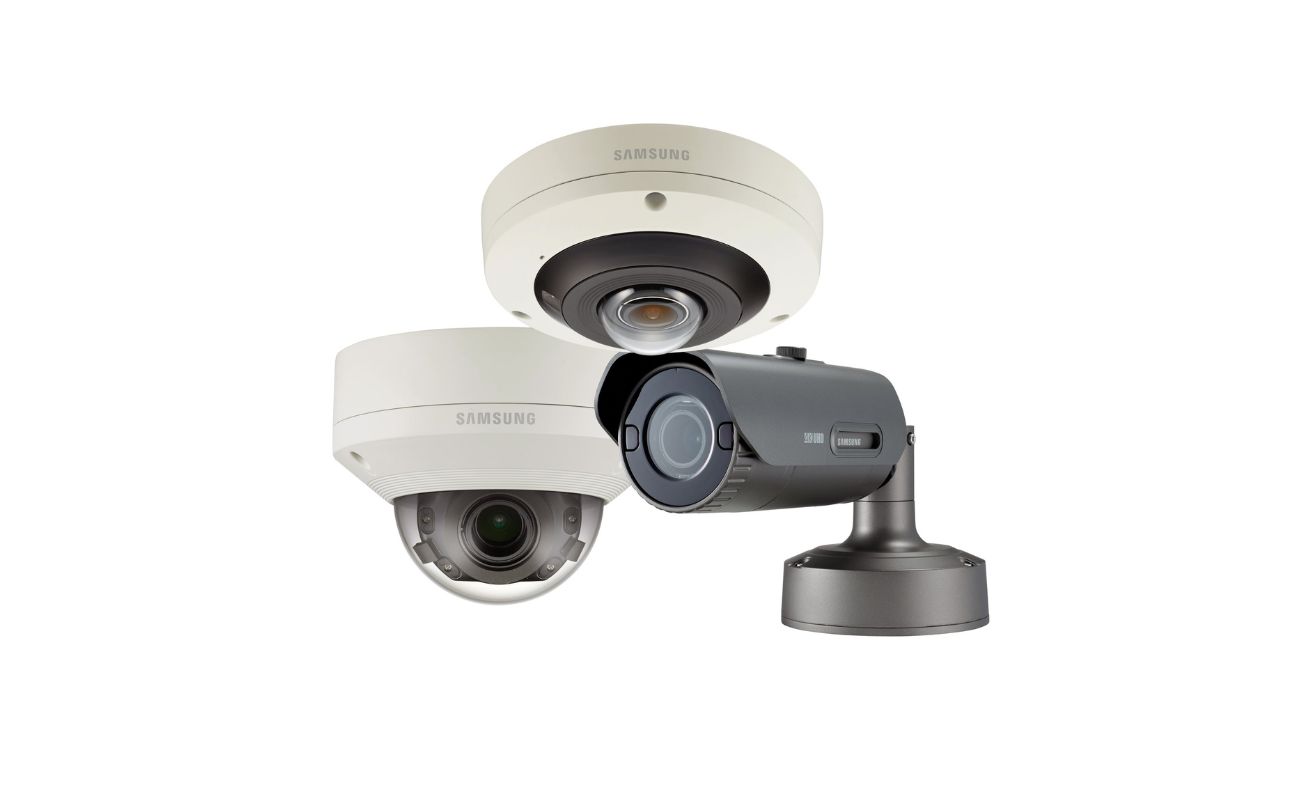

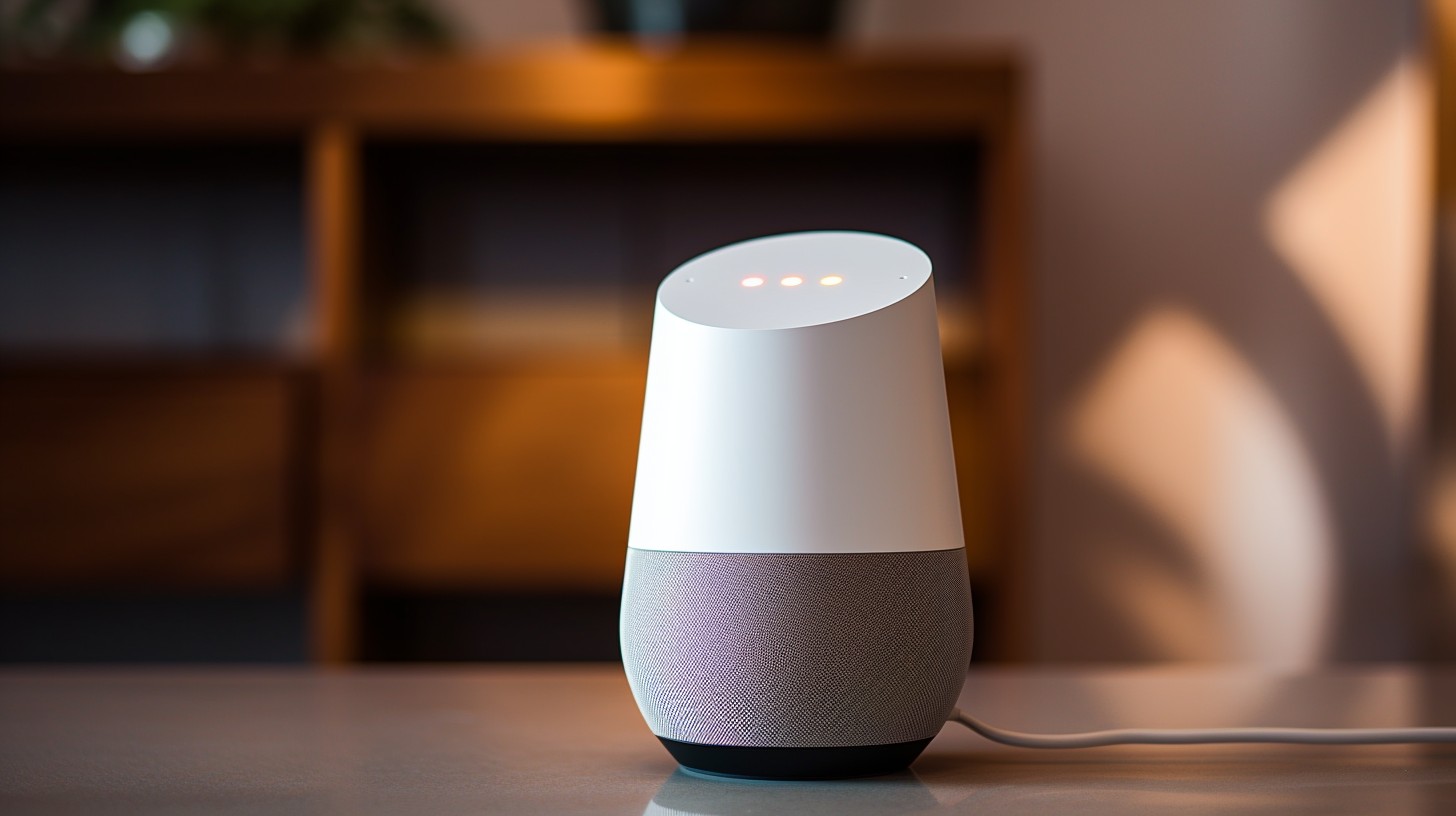


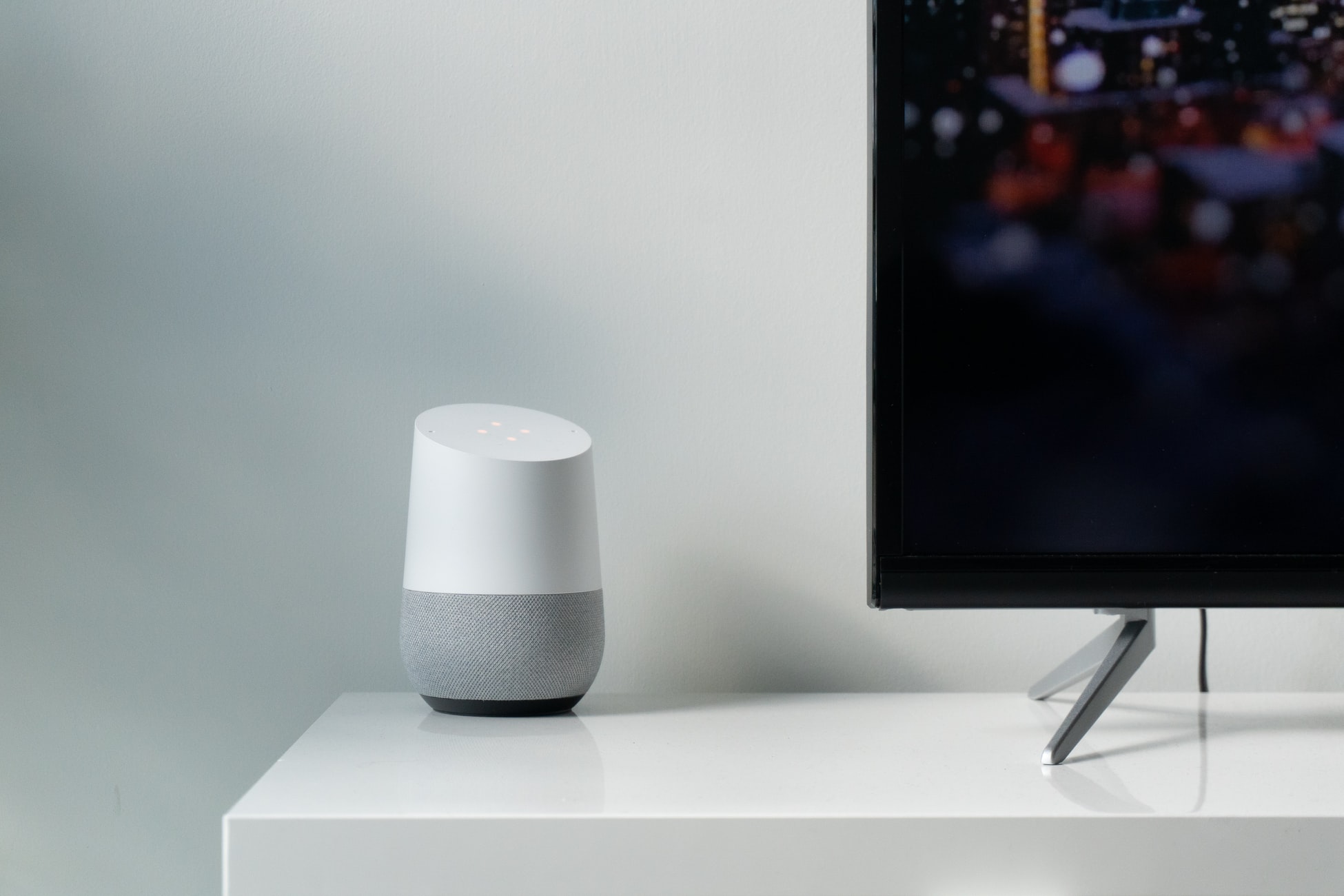
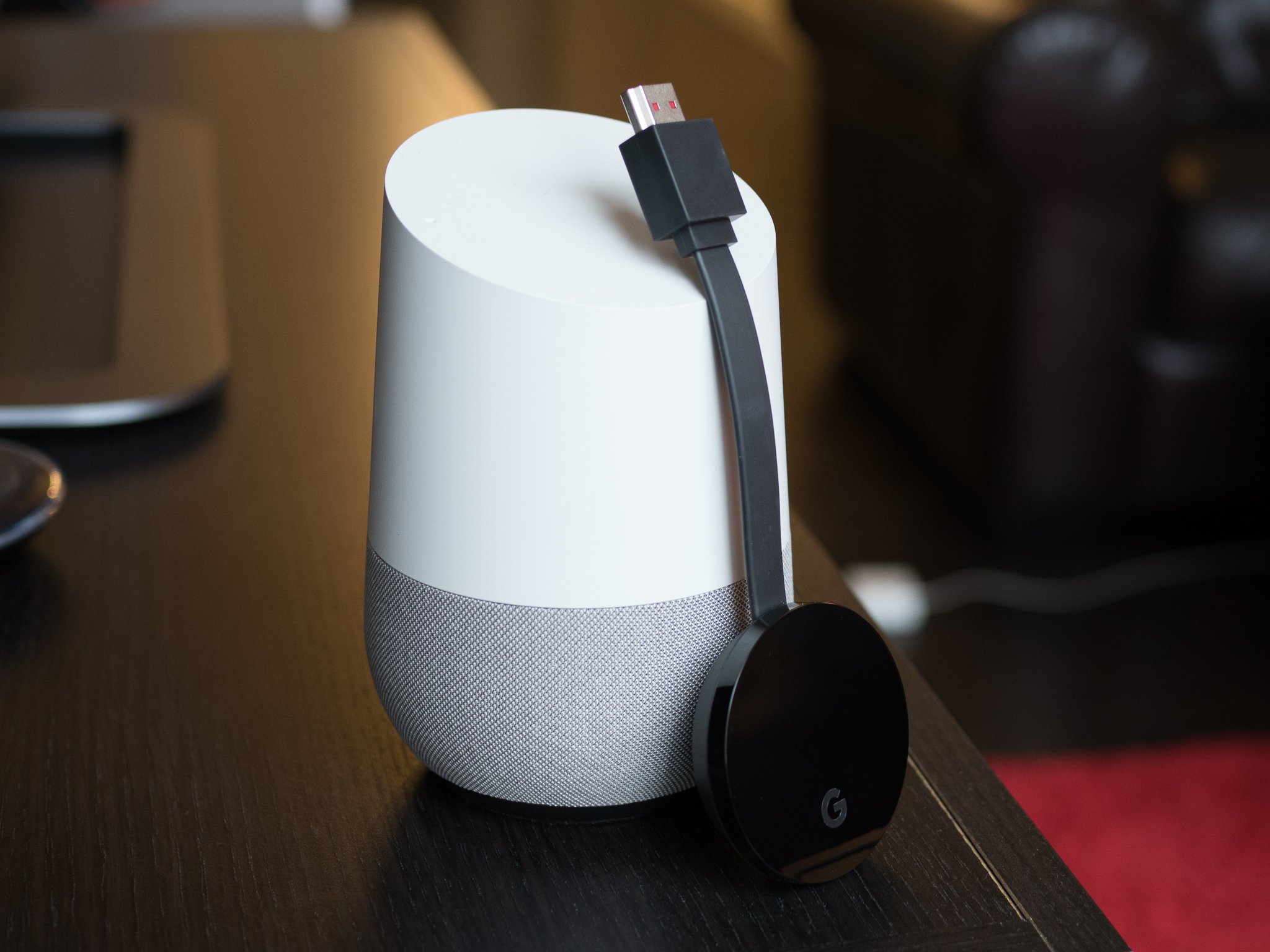
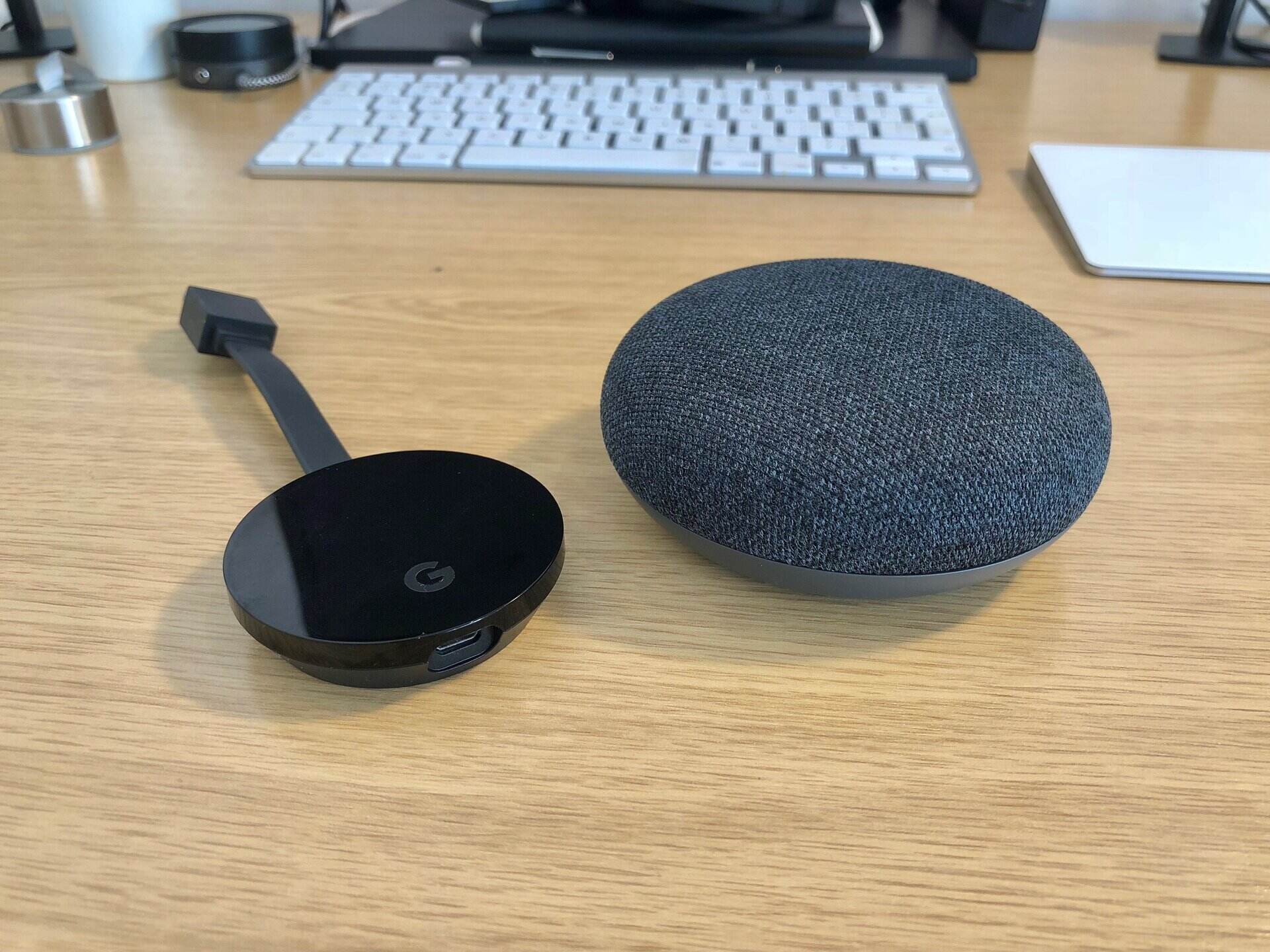
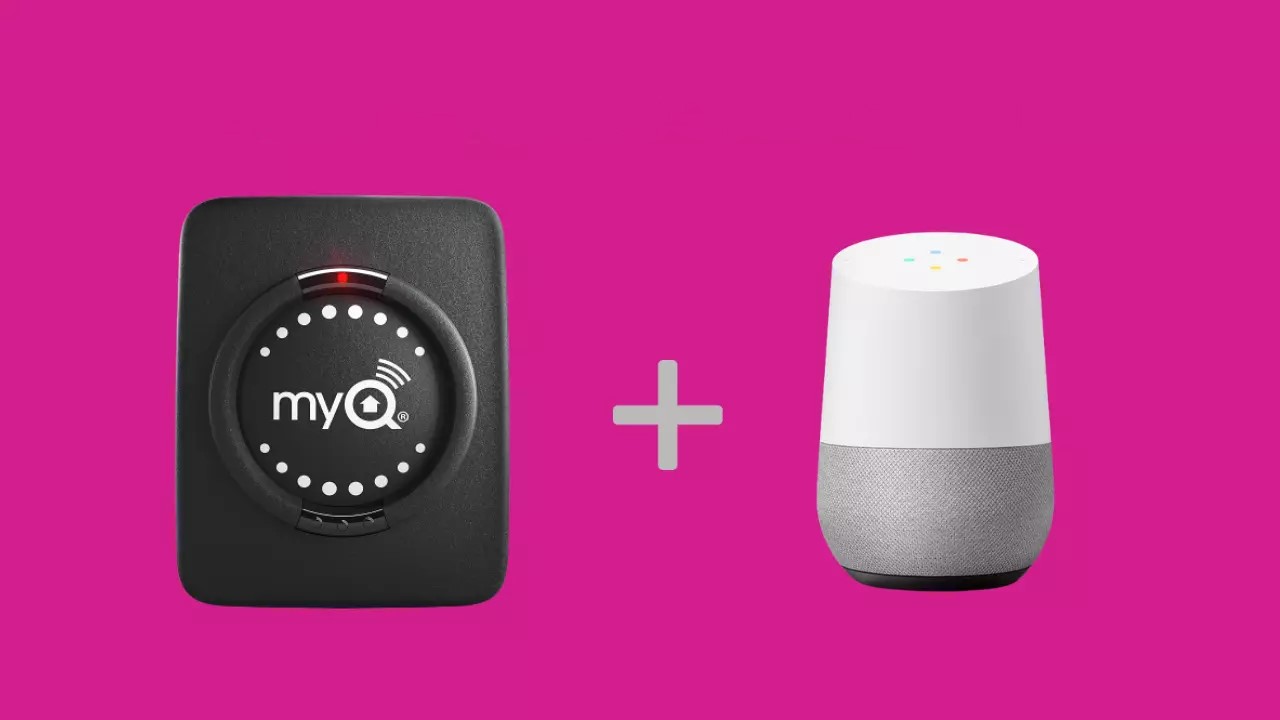
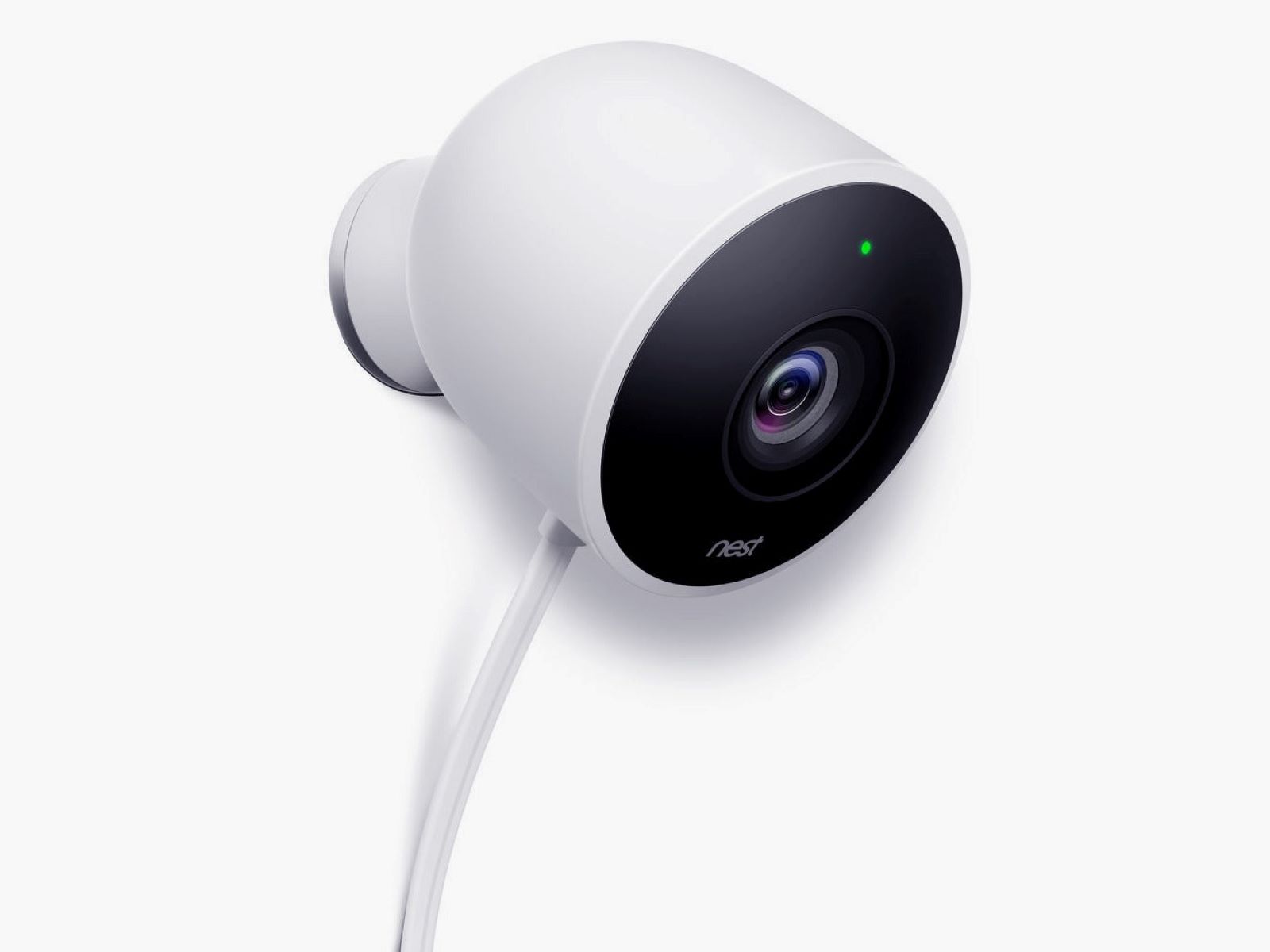

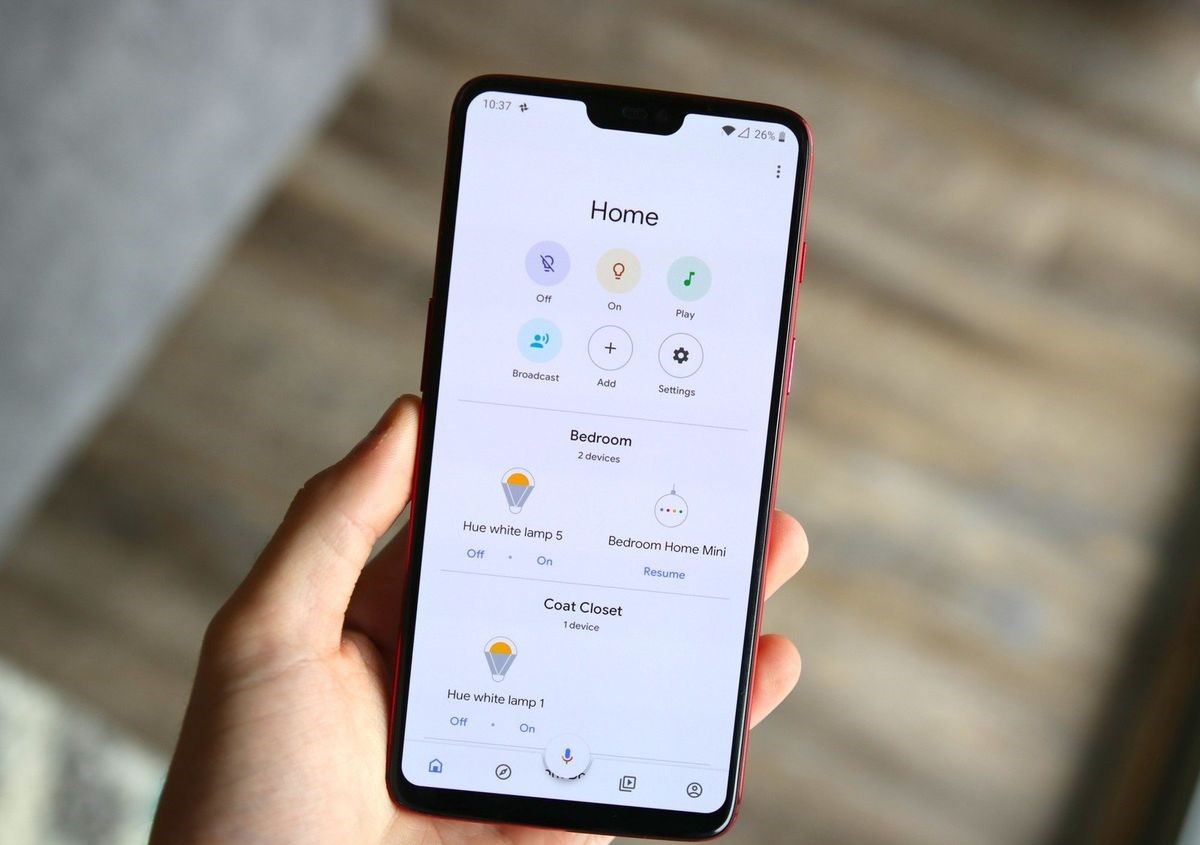
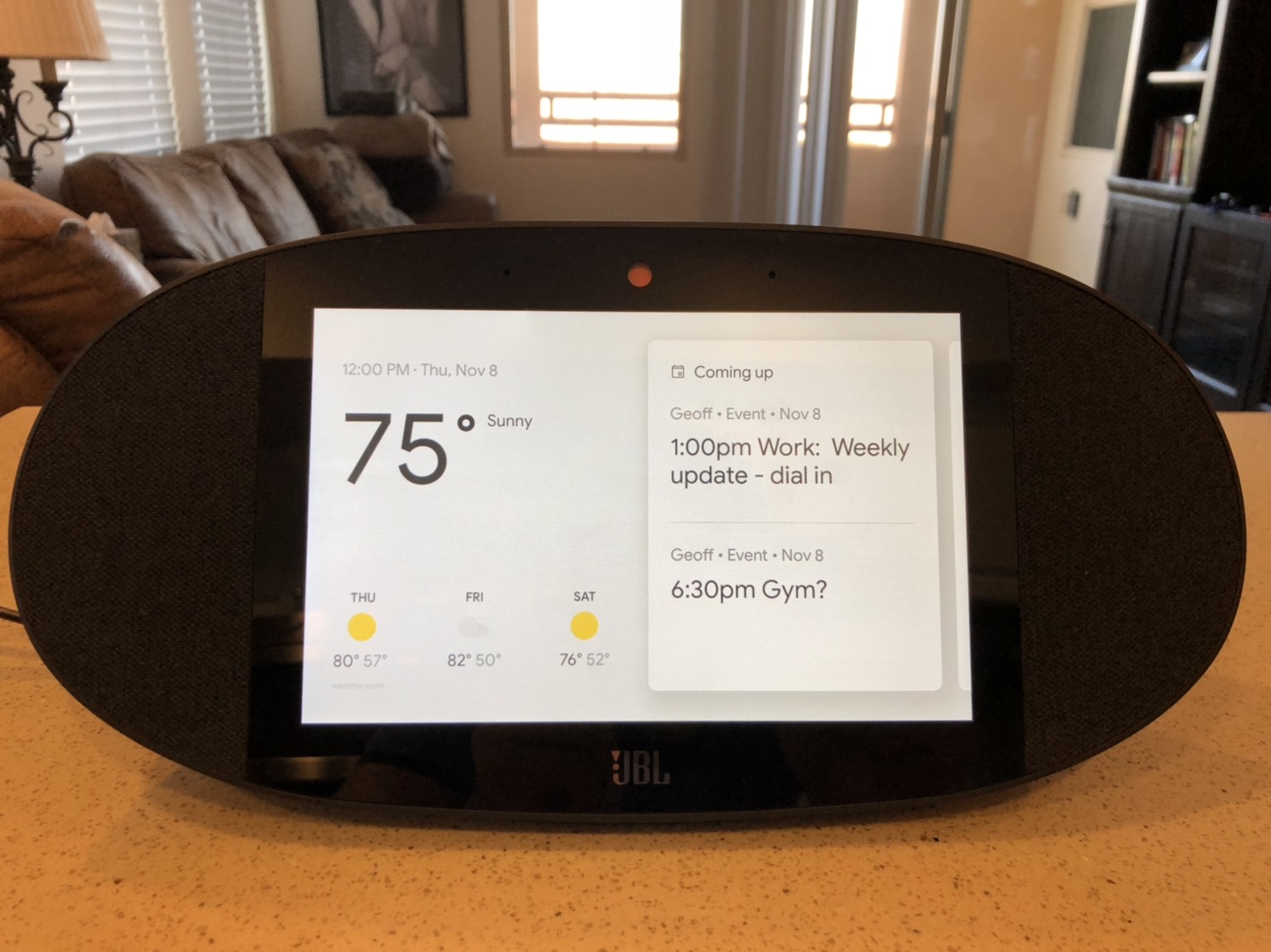


0 thoughts on “How Much Bandwidth Does Google Home Use?”